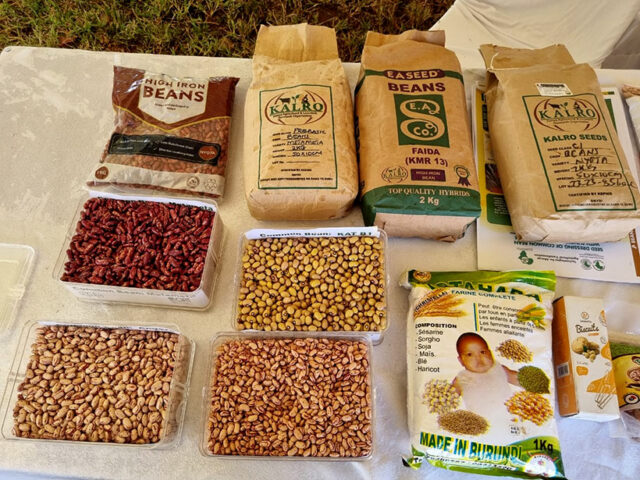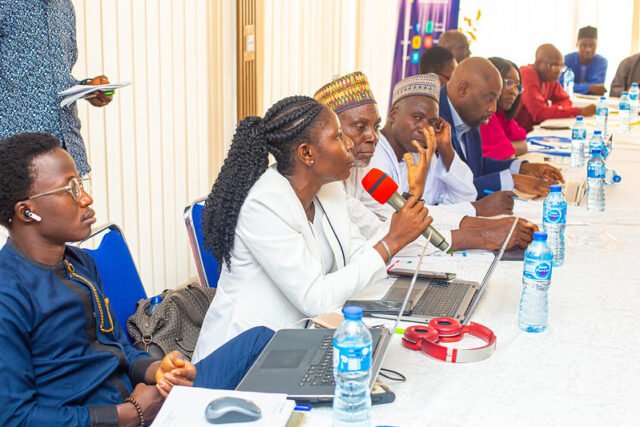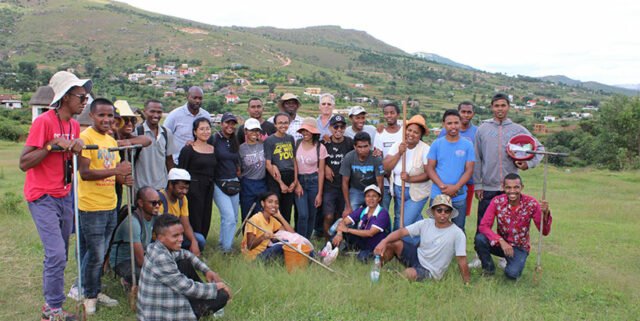
As the world marks World Environment Day this week, we ponder the links between our natural environment and our struggling food systems. Growing populations put increasing strains on food systems, deplete resources, and damage and pollute natural ecosystems. And a changing climate exacerbates weather patterns, putting food systems at further risk.
A common link among all these challenges is water. Water irrigates crops. Cities require more and more for industrial and domestic use. Growing populations churn out more wastewater. And more extreme weather means too much or not enough water – frequent droughts or floods.
Given this array of challenges, we asked 11 eminent scientists from International Water Management Institute (IWMI) and its CGIAR Research Program on Water, Land and Ecosystems (WLE): how can we produce enough food to feed the world – without destroying our environment?



